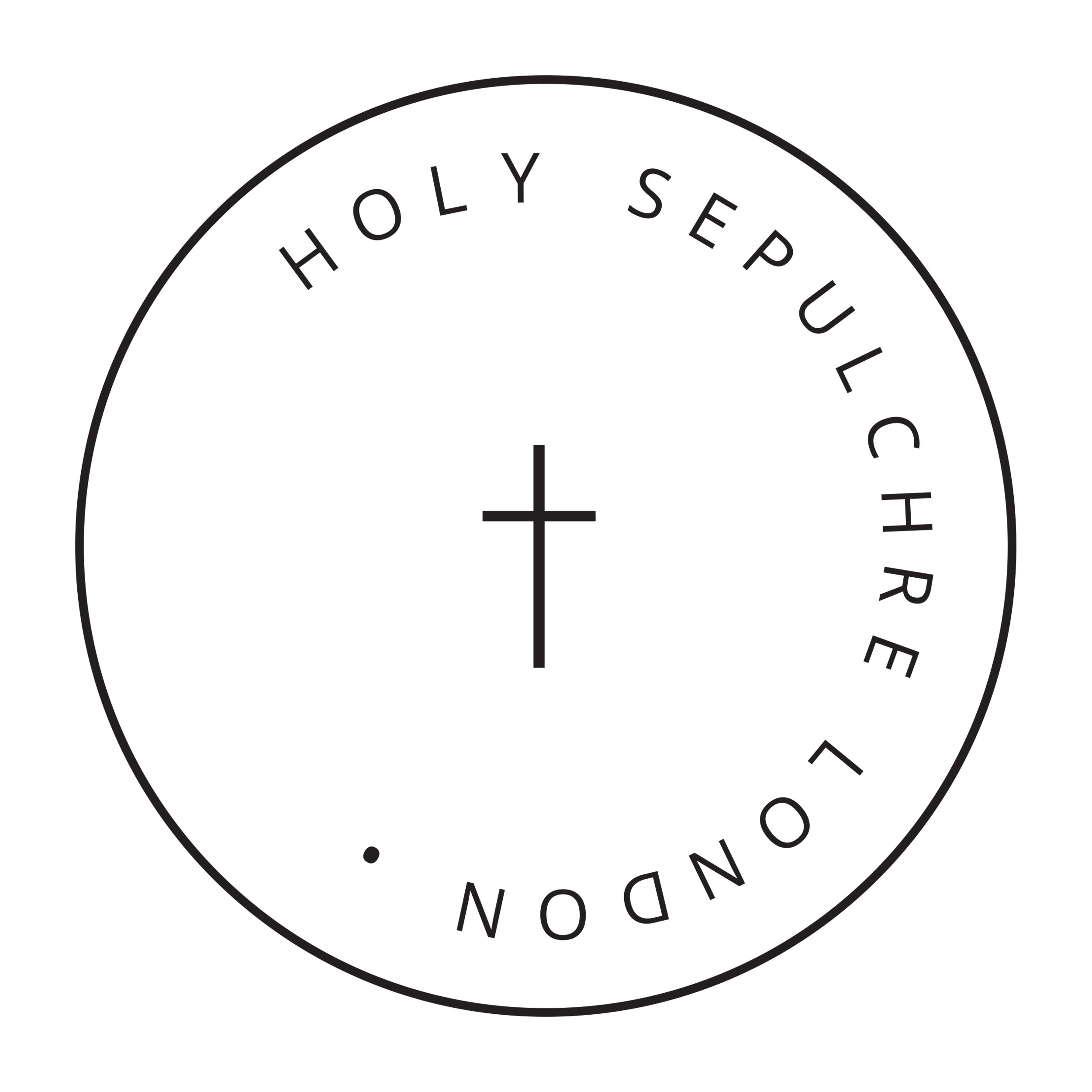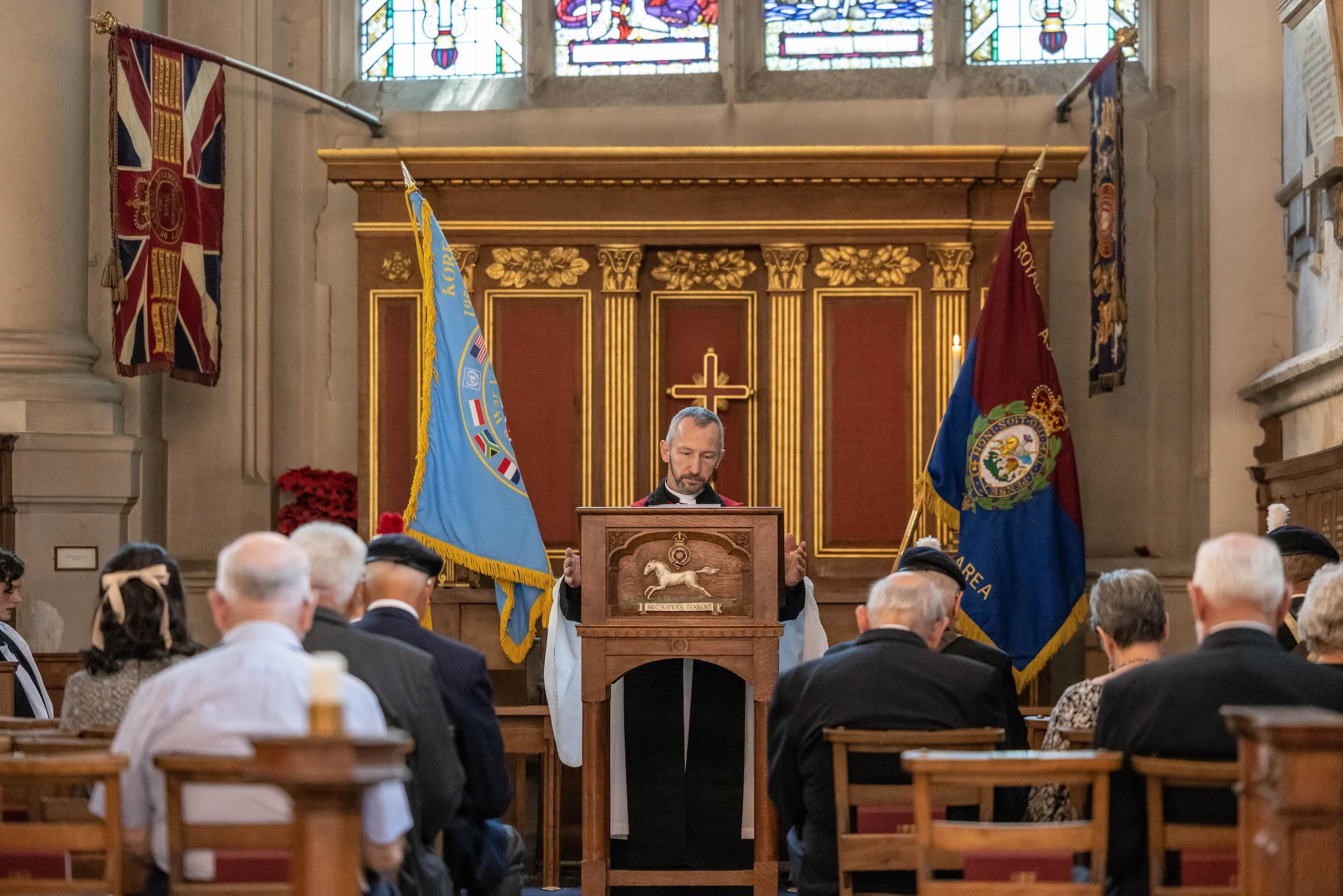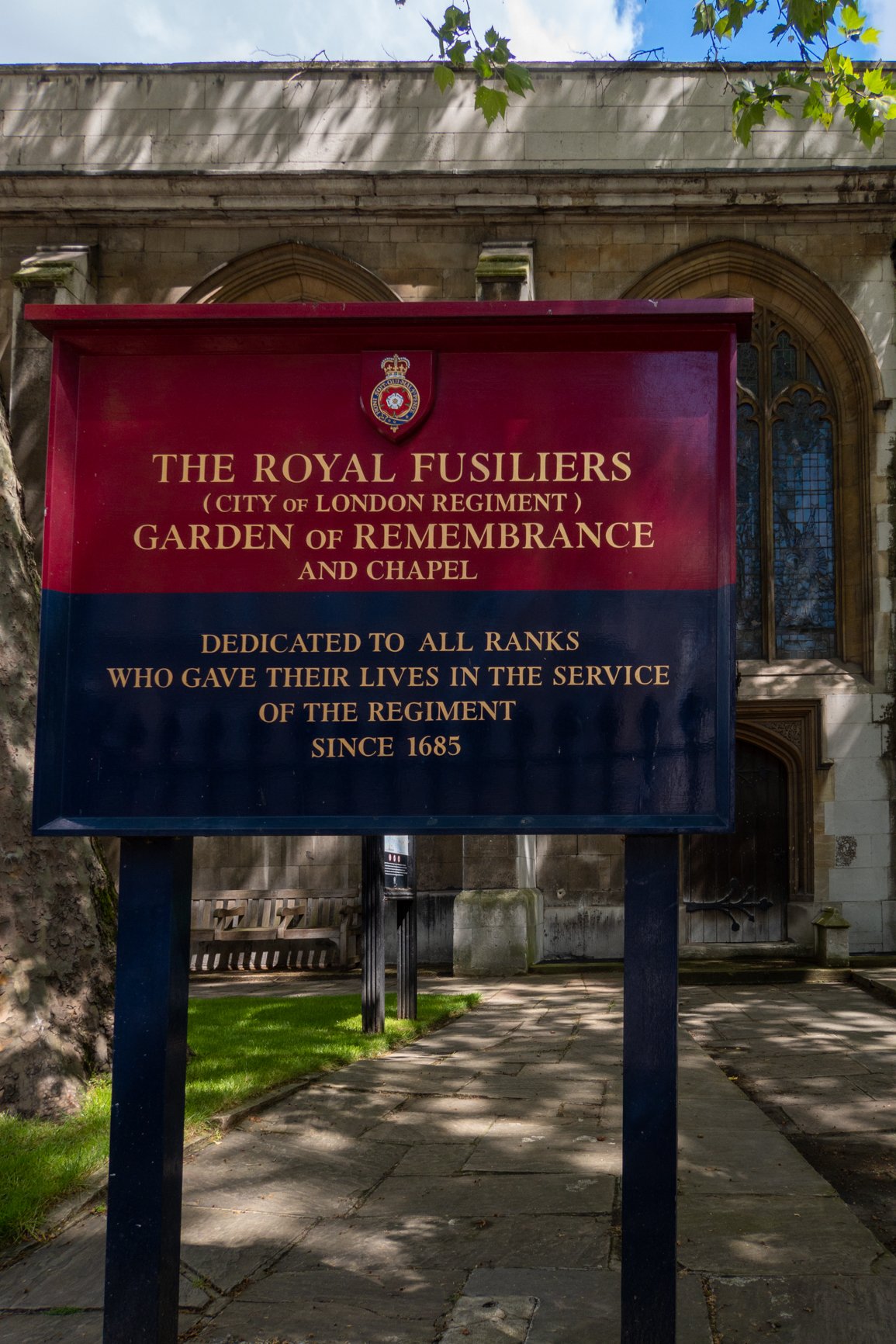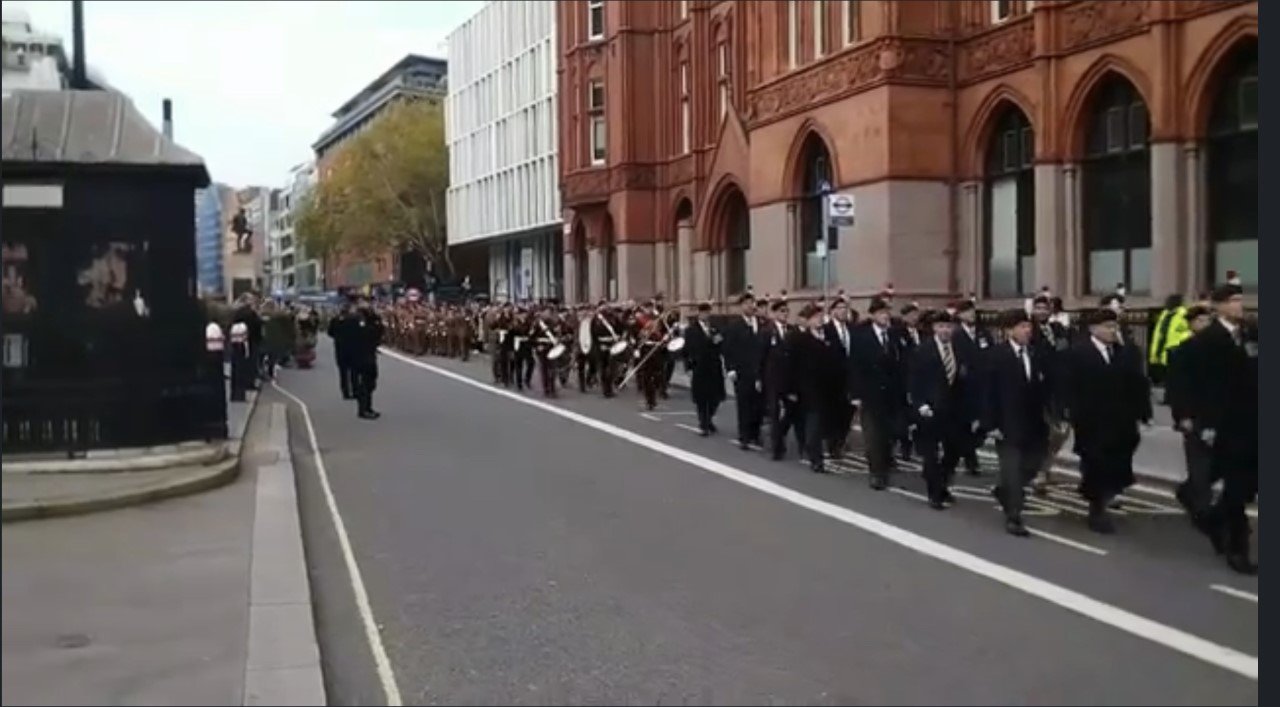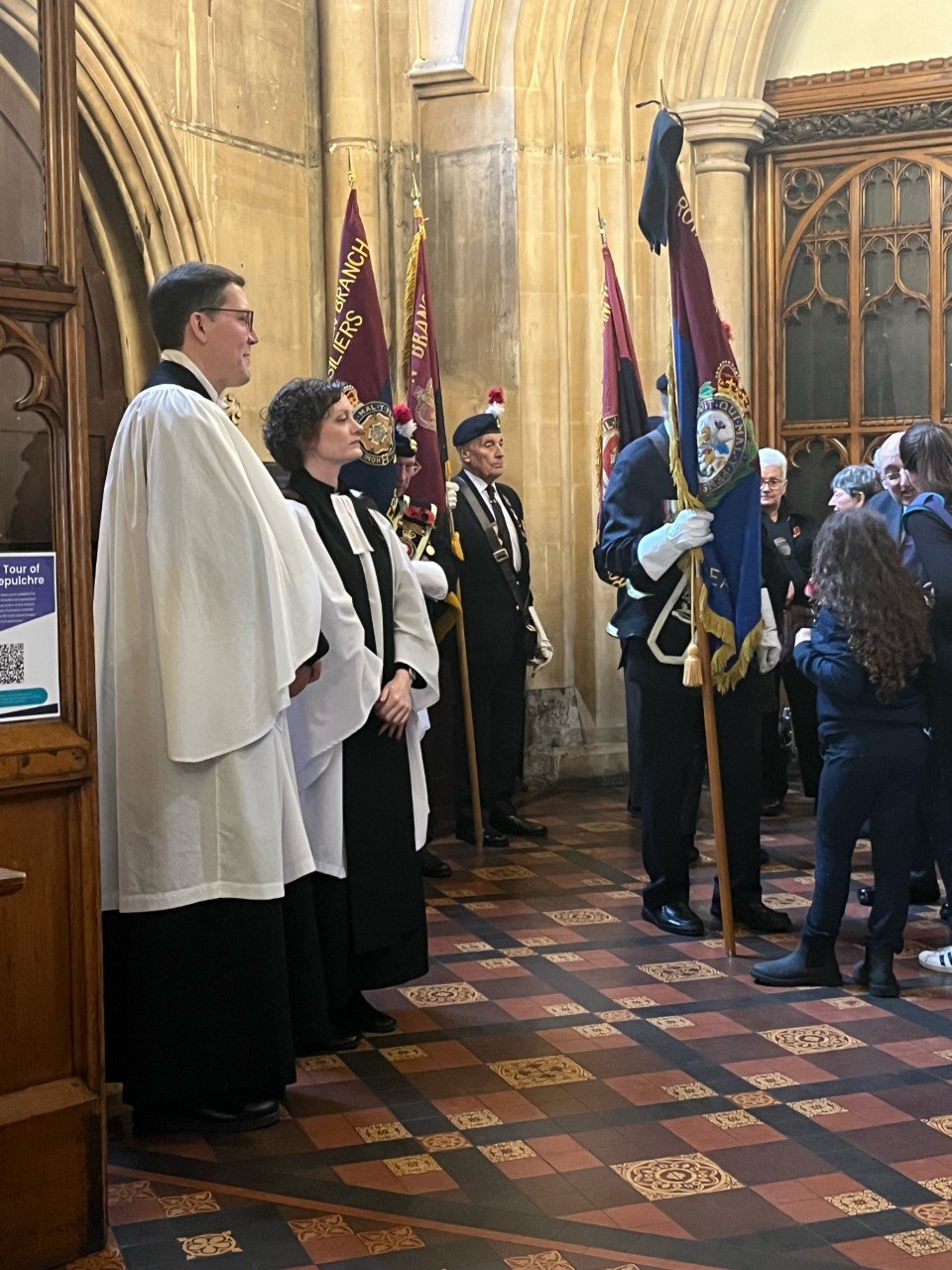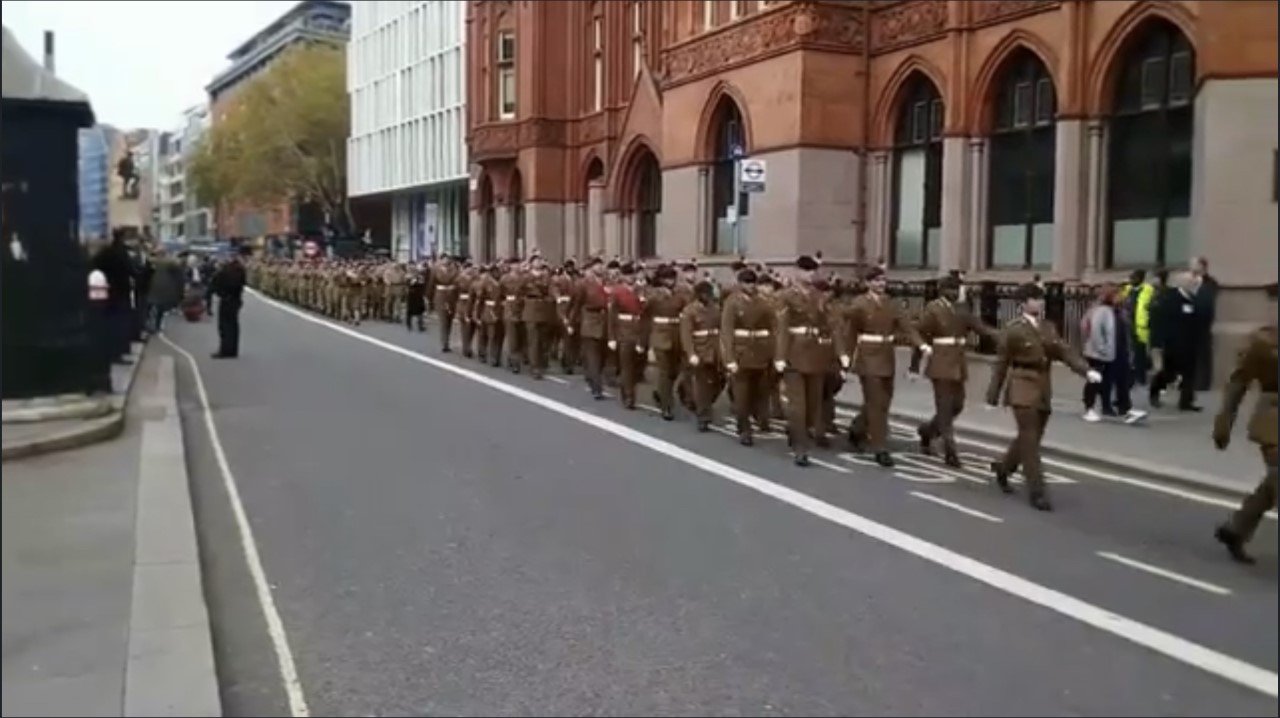Royal Fusiliers
7th of Foot, City of London Regiment and Holy Sepulchre Church
No Platoon about an hour before the start of Op Pimlico. The man at the front is Lt Hoare [who was killed in action]. The cross denotes George Hodkinson.
Commemoration of Salerno and the Italian Campaign
In addition to our film project ‘Stories from the Korean War: 1952-53’ which premiered earlier this year, we are pleased to present Holy Sepulchre’s Royal Fusiliers Chapel Committee’s second film project working with the educational charity Legasee, ‘The Ballad of Salerno’, providing information about The Battle of Salerno and the beginnings of the Liberation of Italy.
Please follow the Link to view the film
Film Project: The Royal Fusiliers in Korea
We are pleased to present Holy Sepulchre’s Royal Fusiliers Chapel Committee film project, providing information about the Korean war. Working with the educational charity Legasee, we have interviewed surviving veterans from the Royal Fusilier's City of London regiment about their experiences of Korea.
Please follow the link below to view the film.
ABOUT THE ROYAL FUSILIERS
In 1950 the south aisle at Holy Sepulchre was adapted to become the Memorial Chapel of the Royal Fusiliers (City of London Regiment), which was founded in 1685 in the Tower of London. In its long and distinguished history the Royal Fusiliers served under Marlborough, Wellington, Haig and Montgomery and members of the Regiment have won 19 Victoria Crosses. In 1968 the Royal Fusiliers merged with three other English Fusilier regiments to form the Royal Regiment of Fusiliers, the headquarters of which is in the Tower of London. The Chapel now serves the London Area of the new Regiment. A number of memorial events are held in the Chapel each year, the principal one being the service on Remembrance Sunday after the parade at the Royal Fusiliers war memorial in Holborn, some 500 metres to the west.
To the west along High Holborn stands the Regimental War memorial, a life-sized soldier erected in 1921. There is a South African (1899-1902) memorial in the Guildhall. To the east, at the Tower of London, where the Royal Fusiliers were founded, is the Royal Fusiliers Museum and above it the headquarters of the Royal Regiment of Fusiliers, formed in 1968 from the four English Fusilier Regiments.
The centre-piece of the Chapel is the East window which commemorates Royal Fusiliers of all ranks. The two central upper lights suggest Our Lord’s instructions as to the ideal outlook of a soldier. One light depicts the Risen and Victorious Christ; the other a man clothed ‘with the whole armour of God’, equipped with the Sword of the Spirit, the Breastplate of Righteousness, the Helmet of Salvation and the Shield of Faith. The two central lower lights depict St. George, patron saint of England, and St Paul, patron saint of the City of London.
Hanging from the walls are various Colours. Normally a battalion has two - a Queen’s or King’s Colour and a Regimental Colour. In the First World War, however, newly-raised battalions were just given a King’s Colour. Colours originally served as rallying points on the battlefield, but now are purely symbolic, bearing many of a regiment’s battle-honours. Some of the Colours on display date back to the mid-19th Century, and the large-framed set are thought to be from about 1790.
Four Rolls of Honour record the names of all who died between 1914 and 1968, including 21,941 in the First World War and the 1939-45 Roll which has 1,650 names. Many are also commemorated on wooden panels on the south wall, and on chairs and kneelers.
In the Regimental Garden of Remembrance there are memorials to those killed at Mozzagrogna in Italy 1943 and in Korea between 1952-53.
Amongst many other artefacts donated to, or by, the Royal Fusiliers, the lectern stands out, with its White Horse of Hanover, symbolising the Royal Fusiliers’ link to the Crown, and the Regimental motto ‘Nec Aspera Terrent’ (Nor do difficulties deter us). The Regiment is pleased to support this House of God today.
